There’s a certain freedom that comes with living simply — whether you’re camping off-grid, packing for a weekend mountain escape, or just trying to fit your gear into a single-car garage without losing your sanity. But let’s be real — outdoor hobbies come with a lot of stuff. Bikes, tents, backpacks, helmets, boots, sleeping bags, cookware, you name it. If you’re not careful, your “minimalist outdoor lifestyle” can start to look more like a gear explosion.
That’s why minimalism isn’t about having less fun — it’s about having less clutter. It’s about investing in gear that earns its place, saves space, and makes getting outdoors easier. And if you’re anything like me, that means finding clever ways to keep your adventure gear organised at home, too. For cyclists, that starts with a solid wall mount bike rack — the kind that keeps your bikes off the floor and out of the way without turning your garage into a tangled mess of wheels and pedals.
So, if you’re ready to simplify your setup and spend more time outside, here’s the minimalist’s guide to outdoor living — with gear that’s smart, compact, and built to last.
Choose Gear That Works Double Duty
The golden rule of minimalist adventuring: everything you bring (or own) should do more than one job.
For example, a lightweight camp stove that doubles as your everyday travel cooker saves both space and money. A down jacket that can be worn hiking and to dinner after. Perfect. And those stainless-steel cups you take camping? Use them at home, too.
The same goes for storage gear. A foldable table that becomes a workbench, or a roof box that doubles as off-season storage, is worth its weight in gold. Every item you buy should earn its keep — or it’s just taking up room you could use for something that matters (like another weekend trip).
If you’re into research before you buy, the Gear Institute has some solid, no-nonsense reviews to help you choose wisely. It’s one of those rare sites that tells you what’s worth the space in your boot.
Go Vertical — Especially in Your Garage
This one’s simple, but it’s a game-changer: stop thinking horizontally.
Garages, sheds, and spare rooms all have one thing in common — way too much wasted vertical space. Once you start looking up instead of out, you realize how much gear you can store neatly and safely.
Bikes, kayaks, and surfboards can all go on the wall. Helmets, packs, and tools can hang on sturdy hooks or modular racks. Even tents and sleeping bags can be stored in wall-mounted bins or baskets.
The goal isn’t to make your gear disappear — it’s to make it look intentional. When everything has its place, packing for a trip becomes fast and stress-free. And when you come home, unpacking isn’t a nightmare (which means you’re more likely to do it right away instead of “tomorrow,” which turns into next week).
Invest in Lightweight, Packable Gear
If you’ve ever overpacked for a weekend trip, you know the regret of lugging unnecessary gear up a trail or across a campground. Minimalists know that the best adventures happen when you bring just what you need — and nothing more.
Lightweight, collapsible, and multipurpose gear has come a long way in the last decade. You can now find compact chairs that weigh under a kilo, ultralight tents that set up in minutes, and camp cookware that nests together like Russian dolls.
Not only does this make packing easier, but it means your garage or closet stays organised, too. You’ll be amazed how much mental clarity comes from owning fewer things that work well together.
The folks over at Outdoor Gear Lab have great guides comparing ultralight options for everything from sleeping bags to water filters if you’re looking to downsize smartly.
Ditch “Just in Case” Gear
We’ve all done it — packed that extra jacket, backup stove, or “emergency” headlamp that’s still in the packaging. But here’s the truth: most of that “just in case” gear just ends up taking up space.
Minimalists take the opposite approach — they plan smarter. They bring what’s proven to work, maintain it well, and skip the rest. If you’re serious about simplifying, start by laying everything out before your next trip and asking, “Did I actually use this last time?”
If not, it’s probably time to leave it behind.
The same goes for your storage at home. Sell or donate extra gear. Clear out duplicates. Keep your best stuff accessible and everything else… out of sight or out of your life.
Design Your “Adventure Zone” at Home
Here’s a secret the best outdoor lovers know: your setup at home determines how often you get outside.
If your gear is buried in boxes, it’s a chore to go anywhere. But if your tent, bikes, and hiking packs are easy to grab, spontaneous weekend adventures become normal. That’s why having a dedicated “adventure zone” — even if it’s just one corner of your garage — makes a huge difference.
Use wall shelves for bulky items, hang gear you use most often, and label bins so you’re not rummaging around at 5 a.m. before a trip. Add a drying rack for wet gear, a spot for shoes, and a charging station for lights and electronics. Suddenly, your storage isn’t just storage — it’s part of your lifestyle.
It’s the kind of setup that says, “Hey, we could go camping this weekend,” and means it.
Buy for the Long Game
Minimalism doesn’t mean cheap — it means intentional.
It’s better to have one well-made backpack than three that fall apart. One durable set of cookware beats four bargain bins of random pots. And a premium sleeping pad you use for years beats a “deal” that lasts a single season.
Think quality over quantity. The goal is to build a collection of gear you trust — stuff you don’t have to replace every year.
When you spend a little more upfront on durable, modular, or repairable gear, you’ll save money and space long-term. Because the best minimalist setups aren’t about owning nothing — they’re about owning what truly adds value to your adventures.
Less Stuff, More Freedom
Outdoor living is supposed to feel freeing, not stressful. It’s about ditching the chaos of everyday life — not dragging it along for the ride.
So, take a deep breath, simplify your setup, and start fresh. Let go of the gear you don’t use, keep the pieces that make life easier, and design your space (and habits) around adventure instead of storage.
Because at the end of the day, minimalism isn’t about having less — it’s about having room for more of what matters. Whether that’s quiet mornings on the trail, messy campfire dinners, or a well-earned beer after a ride, the best adventures always start with a little less clutter and a lot more intention.


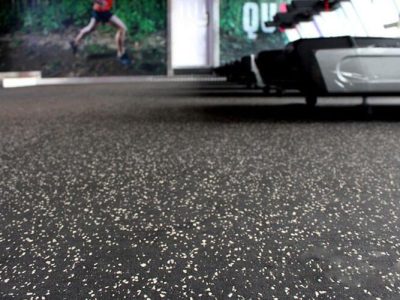
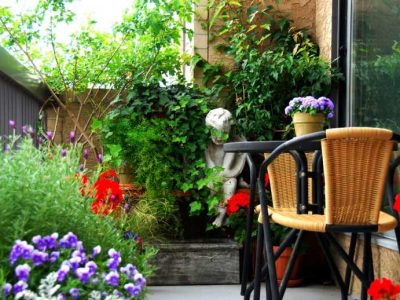
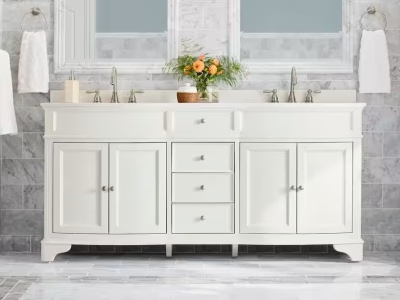
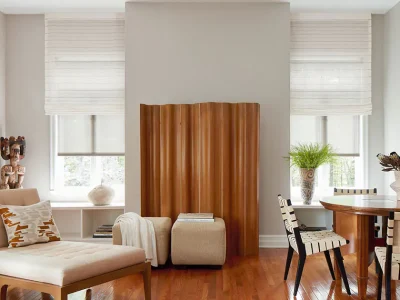
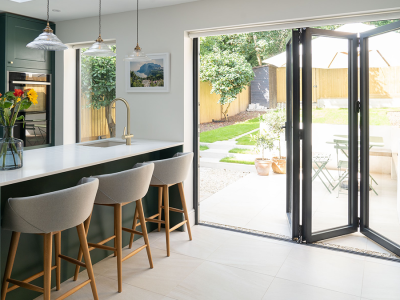
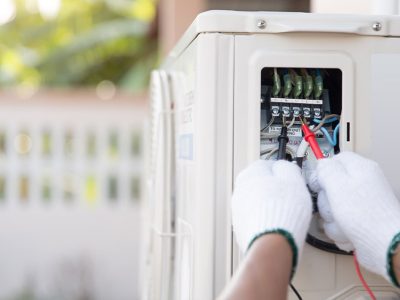
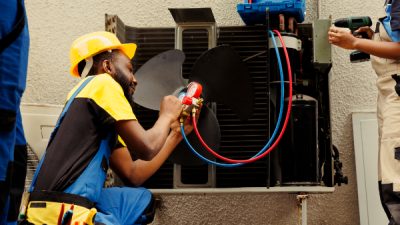

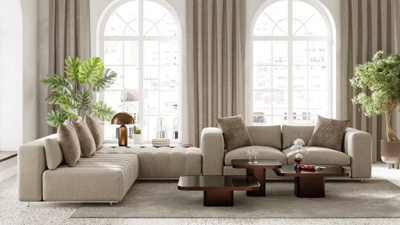
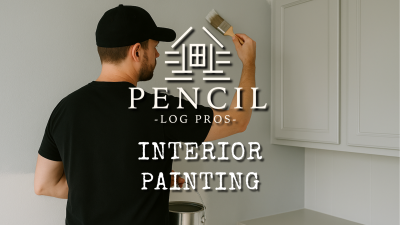

Comments